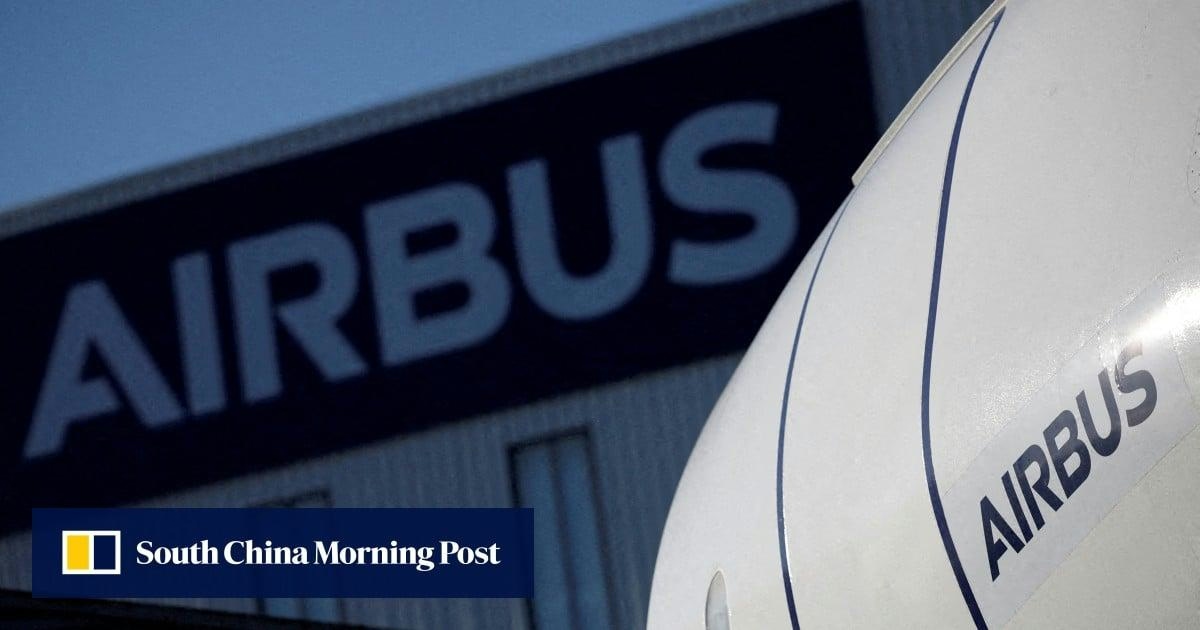
بريد إلكتروني أذكى، وأعمال أسرع. وسم وتحليل والرد تلقائيًا على طلبات العروض، وعروض الأسعار، والطلبات، والمزيد — فورًا.
الرائج الآن
Lessors Consider Strategies Amid Tight Midlife Aircraft Engine Market
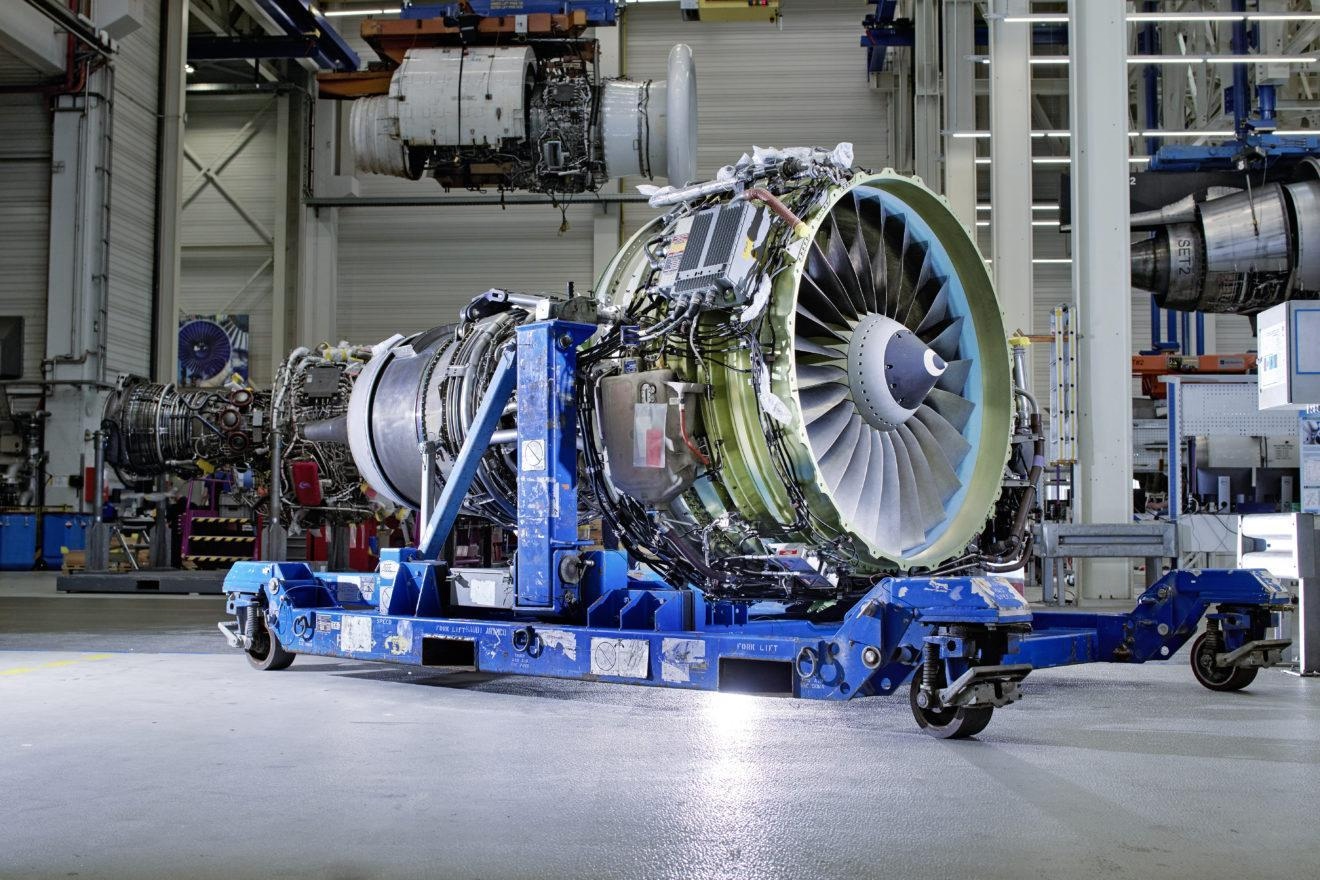
Lessors Navigate Challenges in the Tight Midlife Aircraft Engine Market
Aircraft lessors are confronting significant challenges in the midlife engine market as ongoing supply chain disruptions and increased demand for maintenance services drive lease rates upward. The limited availability of engines, particularly those with substantial remaining “green time” — the period before major maintenance is required — has compelled lessors to reassess their strategies amid a rapidly shifting environment.
Supply Constraints and Rising Lease Rates
Industry insiders attribute the tightening of the midlife engine market to persistent supply chain issues, which have been intensified by the lingering impacts of the COVID-19 pandemic and a resurgence in air travel demand. This confluence of factors has sharply reduced the pool of engines available for lease, leading to a surge in lease rates. The resulting cost pressures are forcing lessors to adapt their asset management approaches to maintain profitability and operational efficiency.
Strategic Responses and Market Adaptations
In response to these market dynamics, lessors are pursuing a variety of strategies. Some are extending existing leases to keep assets in service longer, thereby avoiding the high costs and logistical complexities associated with sourcing replacement engines. Others are seeking new financing options to acquire additional engines or to invest in maintenance, repair, and overhaul (MRO) capabilities, aiming to enhance the value and reliability of their current engine portfolios.
The scarcity of new engines and the expense of major overhauls have shifted industry focus toward engines with remaining green time. This shift has elevated the role of MRO partnerships, as maintaining engine reliability and extending service intervals become critical factors in fleet planning and profitability. Lessors and airlines alike are increasingly prioritizing these relationships to secure maintenance access and optimize engine performance.
Competitors are also diversifying their approaches to mitigate risk and capitalize on emerging opportunities. Some are leveraging close ties with MRO providers to obtain preferential maintenance scheduling, while others are exploring sale-and-leaseback arrangements or forming joint ventures. These strategies enable lessors to share risk and enhance flexibility in a constrained market.
As the midlife engine market remains tight, lessors are carefully balancing the need for operational adaptability with the realities of limited supply. The capacity to innovate in asset management and MRO strategies will be essential for maintaining competitiveness in this evolving landscape.

Dubai Airshow 2025 Reveals Main Agenda and Activities
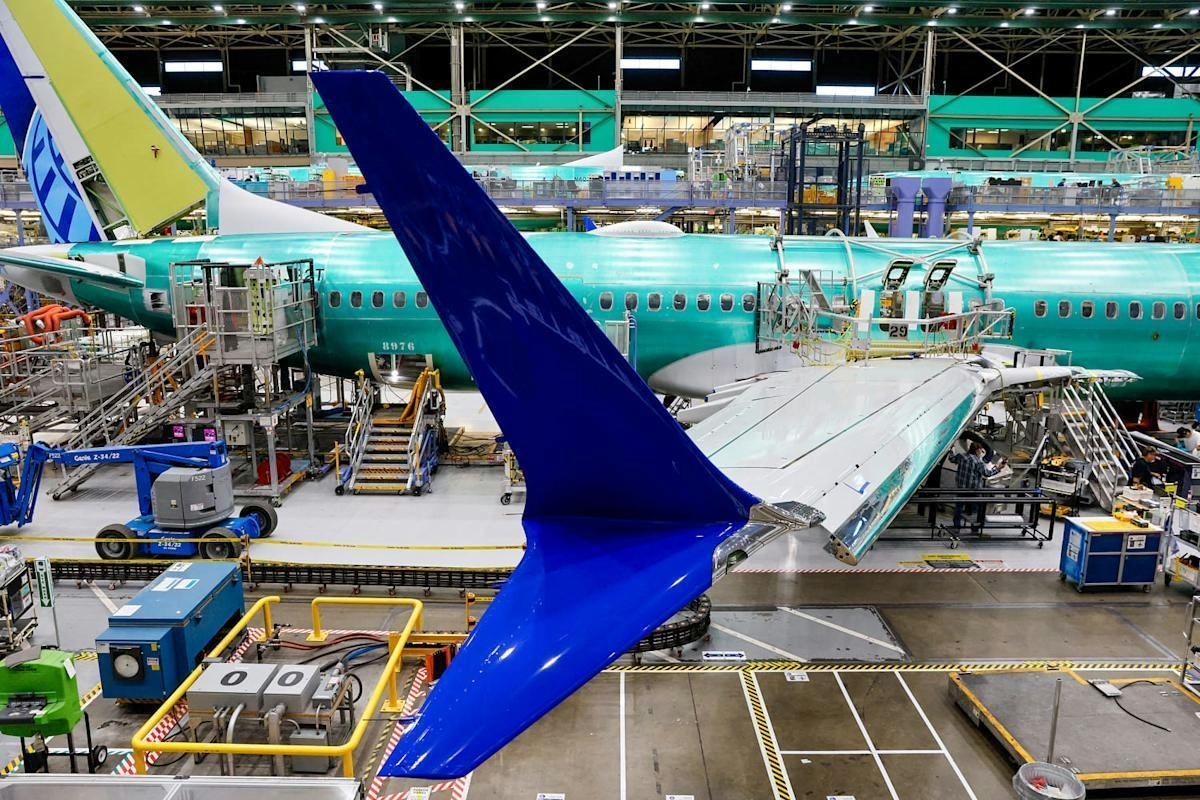
Willis Lease Finance: A Strategic Play in Aviation Leasing Amid Near-Term Volatility

AI-Generated Content Spreads Misinformation After Air India Crash
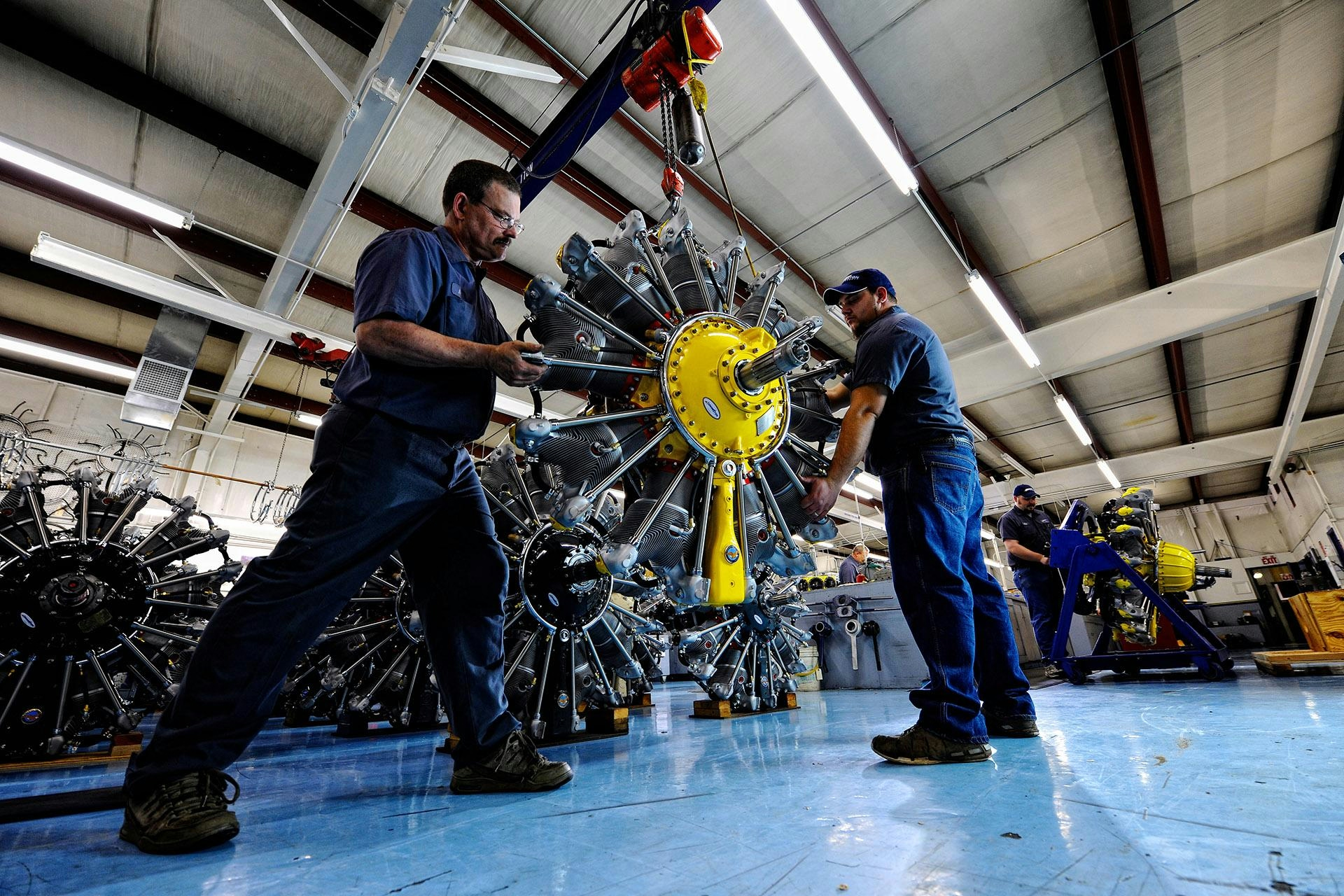
Covington Aircraft Engines to End Radial Engine Production in 2025
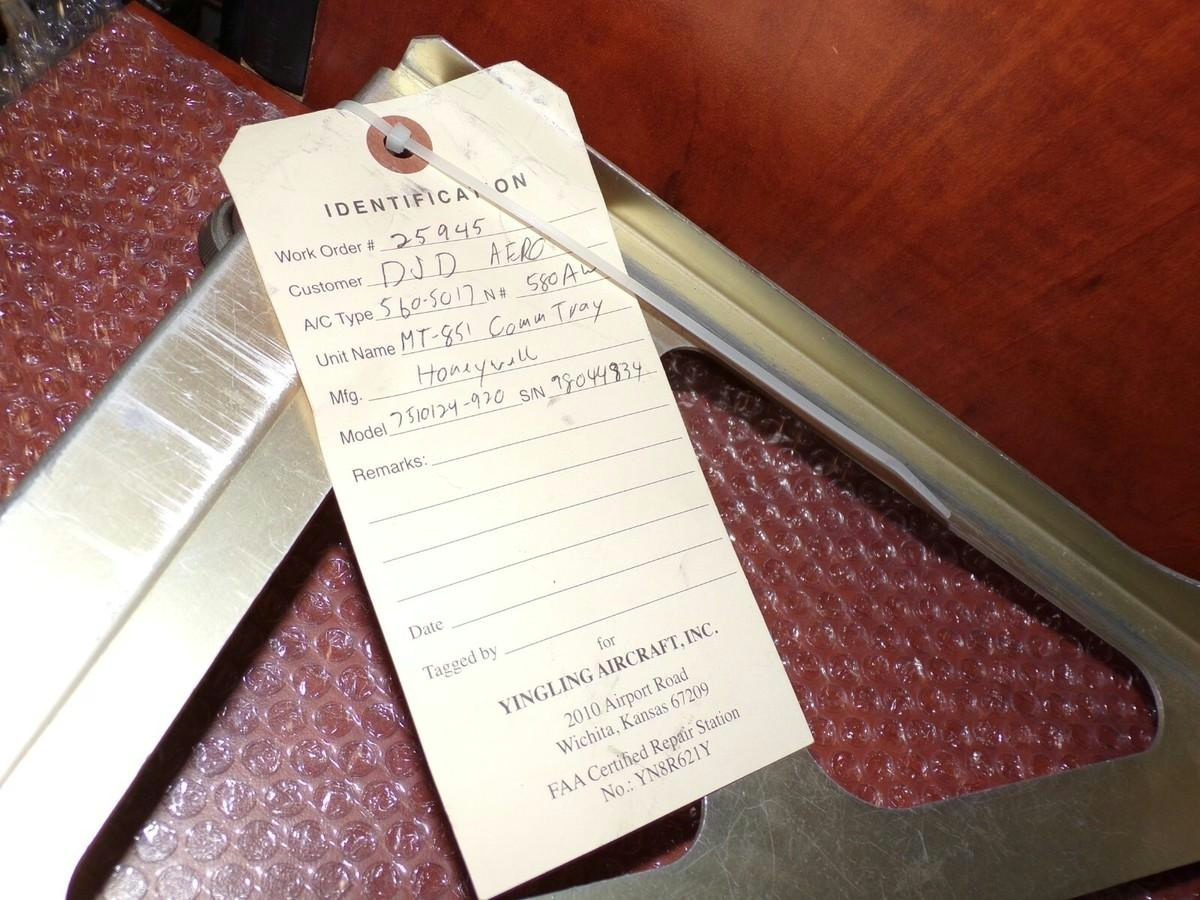
Yingling Aviation Named Authorized Honeywell Dealer

Does Joby Aviation's Milestone in Dubai Point Toward Further Growth?

New Invention Promises to Eliminate Airplane Emissions in Country
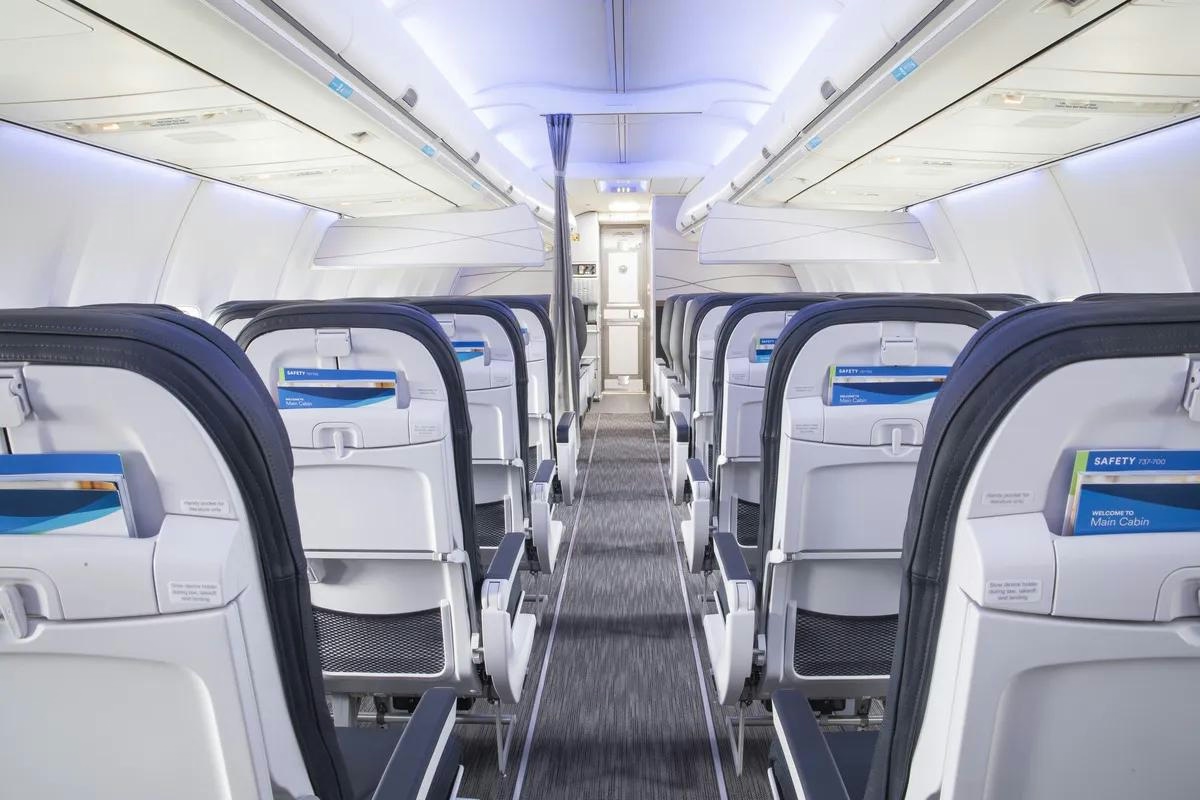
Key Questions on Chinese Travel, AI, and Airlines Answered by Skift
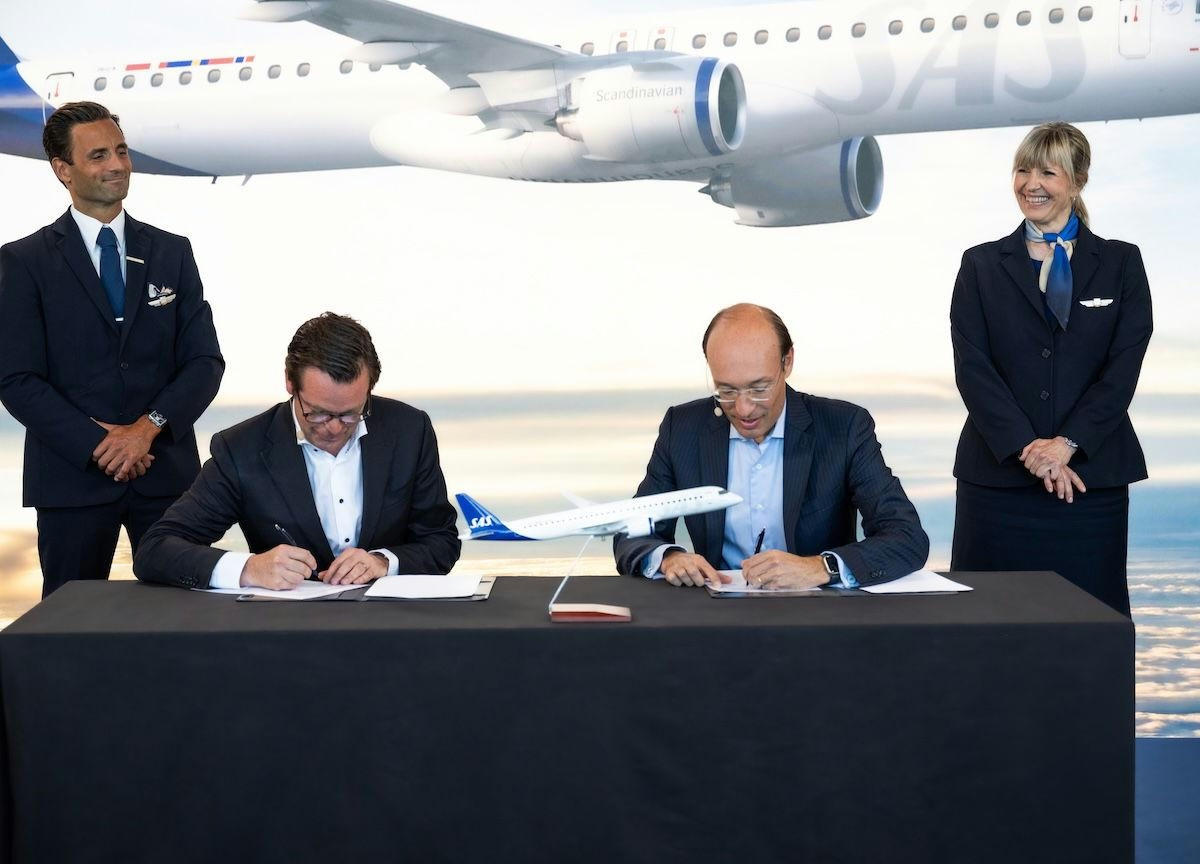
SAS Orders Up to 55 Embraer E195-E2 Jets
